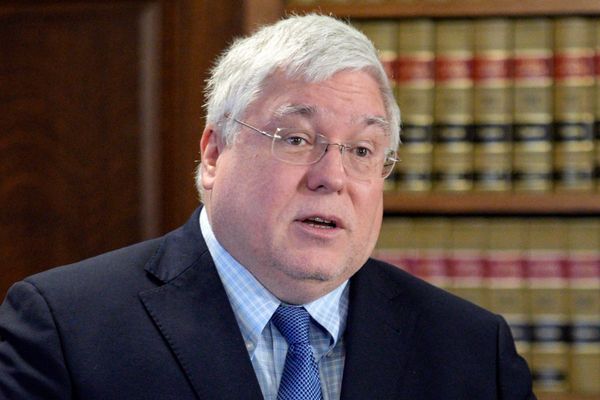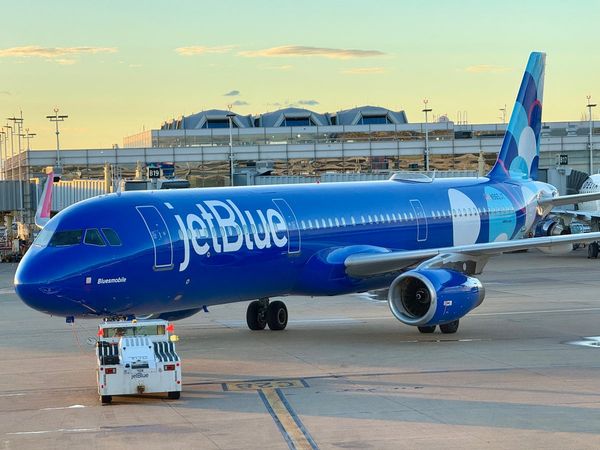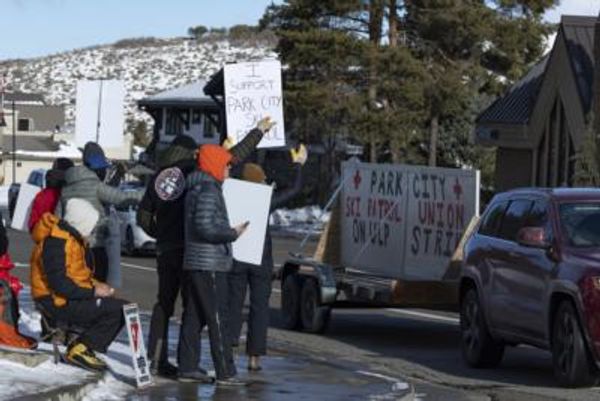
The Scottish government is to freeze funding of policing, early years learning and local government, and slash arts, trade and cultural funding for the next five years, to plug a deep hole in its budgets.
Kate Forbes, the Scottish finance secretary, said the cuts – estimated to total about 8% in real terms – were needed to greatly increase spending on health by £7bn, social welfare by £6bn and on climate action, including investing £1.8bn in low-carbon homes.
Forbes said the UK chancellor, Rishi Sunak, could have helped prevent some of the cuts by increasing UK government funding to devolved governments to match rising inflation. Without the significant borrowing powers open to the Treasury, she said, Scottish ministers had to cut spending and force the public sector to “reset” by becoming more efficient.
“Our long-term ambitions for Scotland include tackling child poverty, transitioning to net zero, growing a stronger economy, and improving public services,” Forbes said. “To that we have added the actions we are taking to help people struggling with the cost of living.”
Opposition parties said the parlous state of Scotland’s finances raised fresh questions about the wisdom of pursing a second independence referendum next year. The new spending plans set aside £20m for one.
Daniel Johnson, Scottish Labour’s finance spokesperson, said the Scottish National party had had 15 years to revitalise the economy, reform public services and boost incomes, yet had failed to do so.
“They are slashing support for economic development as our economy falls off a cliff and wasting £20m on a divisive referendum while cutting local services to the bone,” he said. “Their economic mismanagement has led to Scots’ wages growing more slowly than the rest of the UK, making this cost of living crisis all the more painful and draining money from public coffers.”
Although public spending a head for Scotland is £2,200 more than the UK average, Scottish ministers faced a significant shortfall in their budgets. Last December that was forecast to reach £3.5bn, partly due to miscalculations about underperforming Scottish tax revenues and the impacts of the Covid pandemic and Brexit.
The gap has since grown with the surge in prices and inflation driven by Russia’s invasion of Ukraine and soaring energy prices.
The Scottish Fiscal Commission (SFC), an independent financial watchdog, said the devolved government’s emphasis on health, poverty and climate meant spending on all other areas would fall by 8% in real terms by 2027 thanks to surging inflation and rising costs.
David Phillips, of the Institute for Fiscal Studies, said the 2.6% increase in overall health spending was less generous than it seemed once inflation was taken into account.
“Underlying these difficult decisions are UK government funding plans that look less generous than when they were set last autumn as a result of higher inflation. But big increases in social security spending and a relatively poor income tax performance also make the challenges more difficult,” he said.
Despite Sturgeon’s previous pledges to prioritise education spending, under Forbes’s revised budget early learning will be held at £57m in cash terms, children and families spending frozen at £57m, student support held at £349m and university funding at £1.5bn. Schools spending will rise, from £532m to £813m by 2027.
The SFC said spending on education and skills would fall year on year to 95% of its present value by 2026, then rise sharply to 102% by 2027. The core local government budget will remain static at £10.6bn: in real terms its budget would fall each year to 93% of its present value by 2027.
The arts, culture and constitution budget will be the worst hit, falling annually to hit 84% of its present value by 2027. The enterprise agencies and tourism bodies charged with attracting foreign spending will have their budgets cut deeply, falling by 16% from £260m this year to £226m in 2025.







